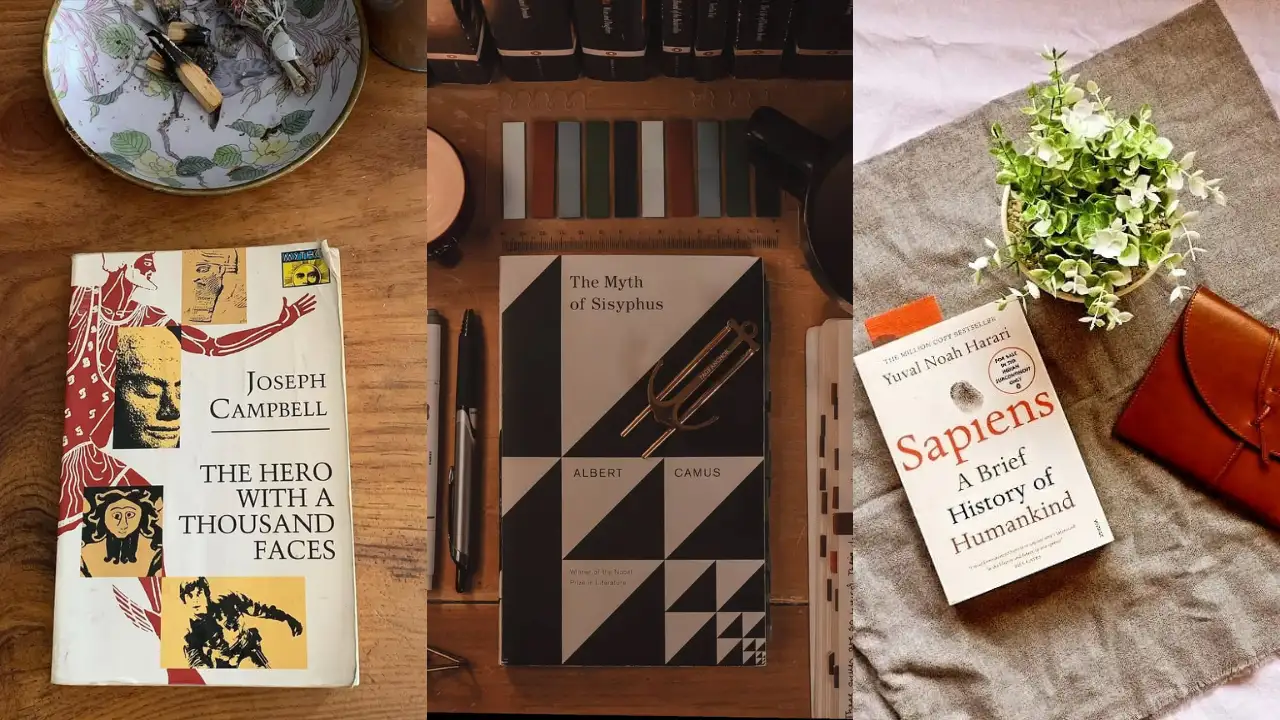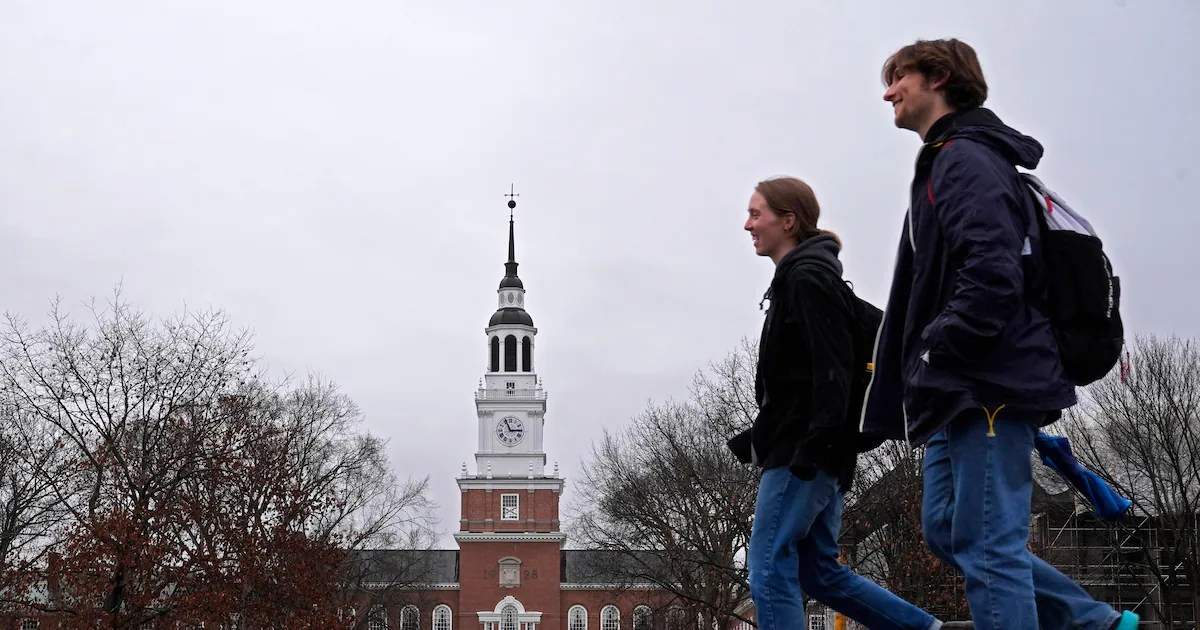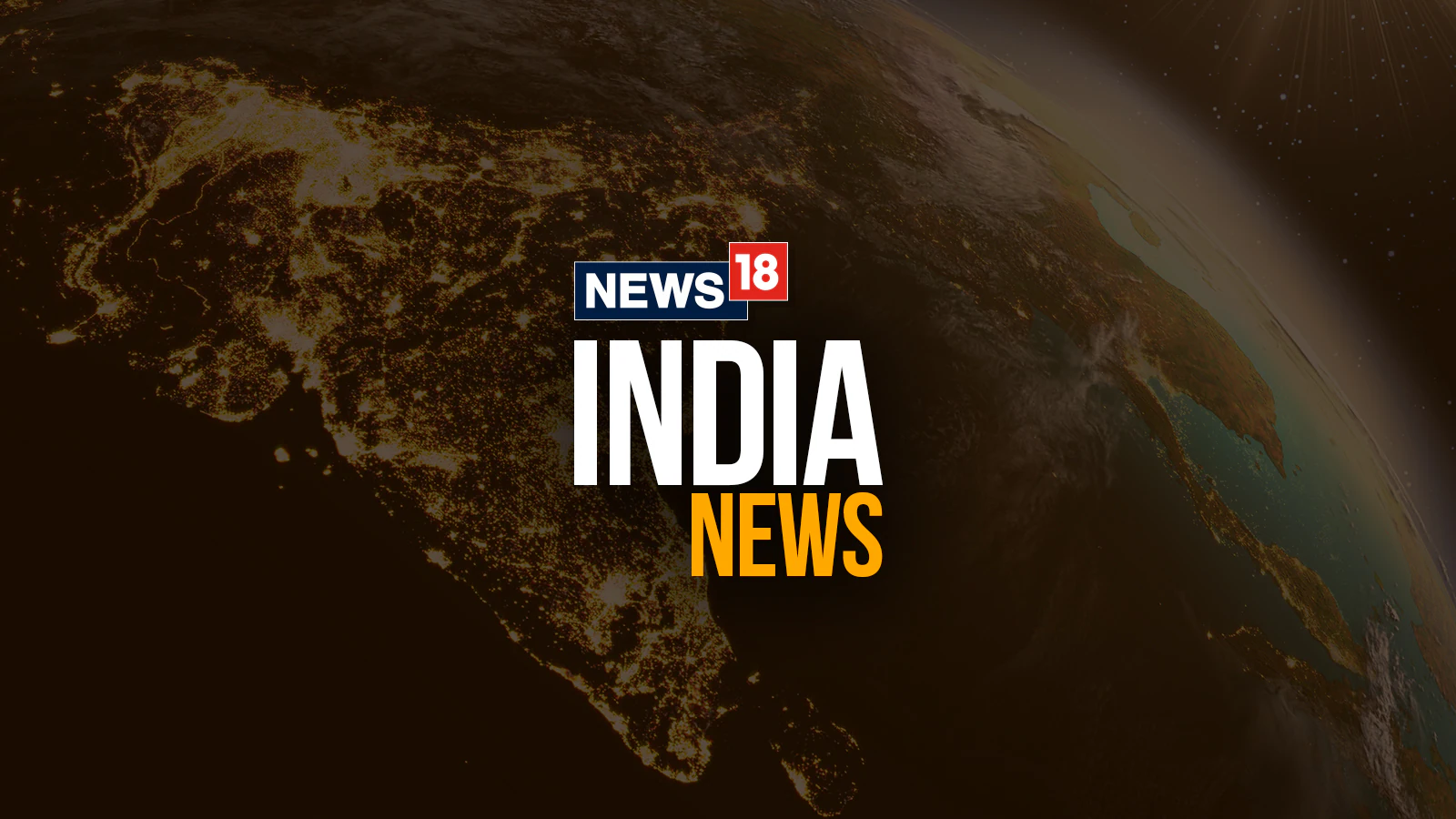Copyright timesnownews

For centuries, myths have shaped the way we see gods, heroes, and even ourselves. But what if the stories we grew up believing were only half true? These eight books take readers behind the curtain to explore the real events, emotions, and motives buried within famous legends. Each story reveals how myths were shaped by history, culture, and imagination, turning truth into something larger than life. By peeling away the layers of fantasy, these books prove that reality can be just as captivating, and sometimes even more powerful, than the myths we once accepted as truth. Also Read: 10 Eye-Opening Non-Fiction Books That Challenge Everything You Thought You Knew 1. The Myth of Sisyphus by Albert Camus What happens when life feels meaningless? ‘The Myth of Sisyphus’ by Albert Camus begins with this haunting question and explores it through the ancient Greek story of Sisyphus, a man condemned to push a boulder uphill forever. Camus transforms the myth into a metaphor for human existence, showing that even in endless struggle, one can find freedom and defiance. His philosophical narrative blends storytelling and reflection, urging readers to imagine Sisyphus happy, to see persistence itself as a quiet act of rebellion. 2. The Golden Bough by James George Frazer Before science explained the seasons, people turned to myths of gods and sacrifices. ‘The Golden Bough’ by James George Frazer uncovers the hidden connections between ancient rituals, religious traditions, and folklore across civilisations. Frazer weaves through tales of fertility gods, sacred kings, and death and rebirth myths to expose the shared patterns that unite human belief systems. His storytelling transforms anthropology into a grand adventure, showing how myths were humanity’s first attempt to make sense of nature, fate, and the mysteries of existence. 3. Lies My Teacher Told Me by James W. Loewen History textbooks often paint a polished version of the past. In ‘Lies My Teacher Told Me’, James W. Loewen digs into America’s most accepted historical narratives and shows what was left out. He unpacks the myths surrounding figures like Christopher Columbus, Helen Keller, and Abraham Lincoln, comparing classroom tales with documented facts. Through sharp storytelling, Loewen turns dry history into a detective story, revealing how misinformation shapes national identity and how real stories are often far more fascinating than the myths we’re taught. 4. 1491: New Revelations of the Americas Before Columbus by Charles C. Mann Long before Columbus arrived, the Americas were filled with thriving civilisations. ‘1491’ by Charles C. Mann explores these forgotten worlds, uncovering the complexity of ancient cities, technologies, and agricultural systems. Through vivid storytelling, Mann reveals how native societies reshaped landscapes, developed democracy-like systems, and built vibrant cultures erased by colonial myths. His detailed account challenges everything we thought we knew about pre-Columbian history, replacing outdated ideas of untouched wilderness with a rich, human-made tapestry of innovation, resilience, and interconnected worlds. 5. The Uses of Enchantment by Bruno Bettelheim Fairy tales aren’t just bedtime stories; they are mirrors of the human mind. In ‘The Uses of Enchantment’, Bruno Bettelheim explores how classic tales like ‘Cinderella’ and ‘Hansel and Gretel’ reflect deep psychological truths about fear, hope, and growing up. Through a blend of Freudian analysis and narrative insight, he reveals how these stories help children make sense of conflict and identity. Bettelheim’s exploration turns each fairy tale into a journey of self-understanding, showing that myths guide emotional development as much as they entertain. 6. The Hero with a Thousand Faces by Joseph Campbell Every epic journey, from ancient legends to modern movies, follows a shared pattern of adventure and transformation. ‘The Hero with a Thousand Faces’ by Joseph Campbell traces this universal journey, known as the “monomyth.” He blends stories from diverse cultures, Greek myths, Native American legends, and Buddhist teachings to show that all heroes face the same trials of fear, discovery, and return. Campbell’s storytelling reveals why mythic structures continue to guide human imagination, making readers see their own lives as part of an ancient narrative cycle. 7. Sapiens: A Brief History of Humankind by Yuval Noah Harari From foraging tribes to digital revolutions, ‘Sapiens’ by Yuval Noah Harari tells the grand story of humanity’s evolution. He moves through history like a storyteller, explaining how shared myths, religions, nations, and money united billions of strangers under common beliefs. Harari’s narrative weaves science, culture, and imagination to show that our ability to believe in collective fictions is what made humans the planet’s dominant species. Through vivid storytelling, ‘Sapiens’ reveals how myths didn’t just explain our world; they built it. Also Read: 10 Books So Raw and Real, They’ll Wreck You in the Best Way The true magic of these books lies in how they bring honesty back into the stories we thought we already knew. They do not destroy the beauty of myth; instead, they enrich it by showing where imagination meets reality. Every legend carries fragments of truth waiting to be rediscovered. When we look beyond what was told to us, we uncover stories of real people, real struggles, and real dreams. The myths may soften with time, but the truth beneath them always continues to shine.



